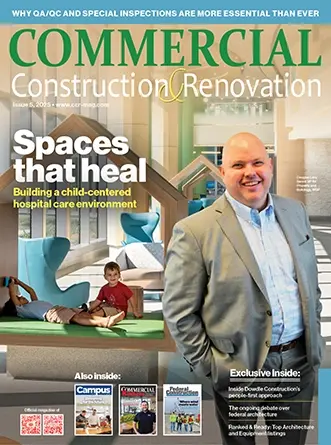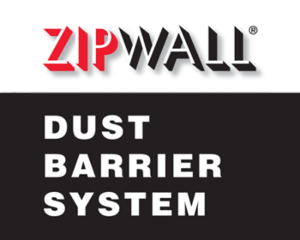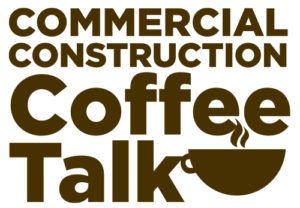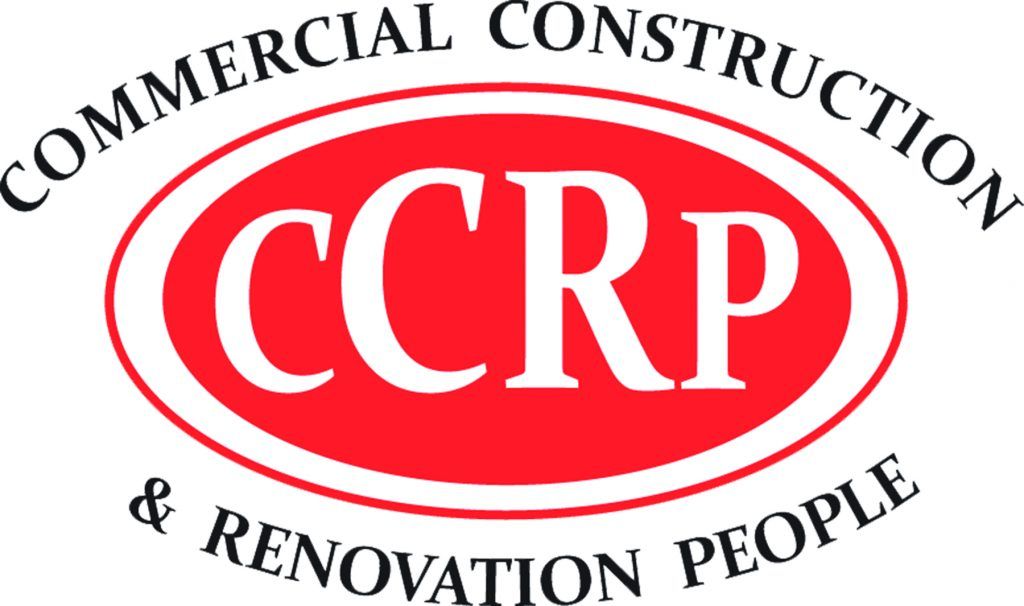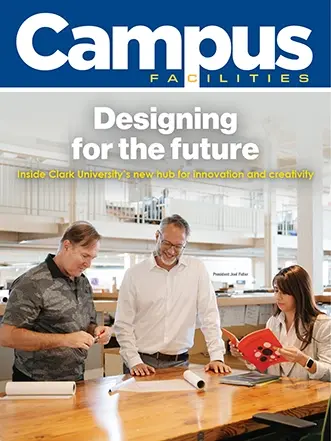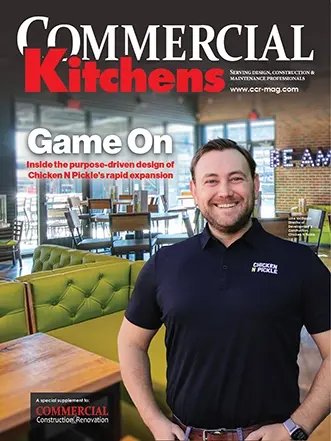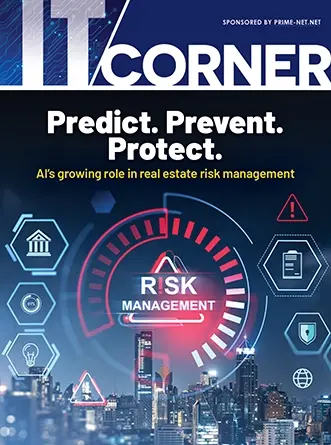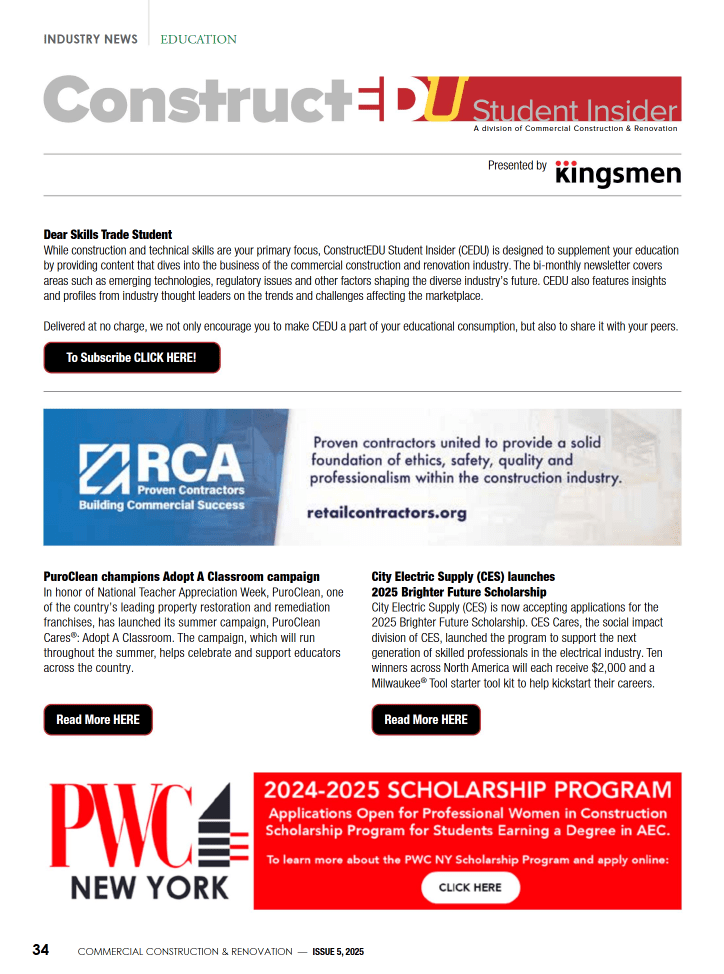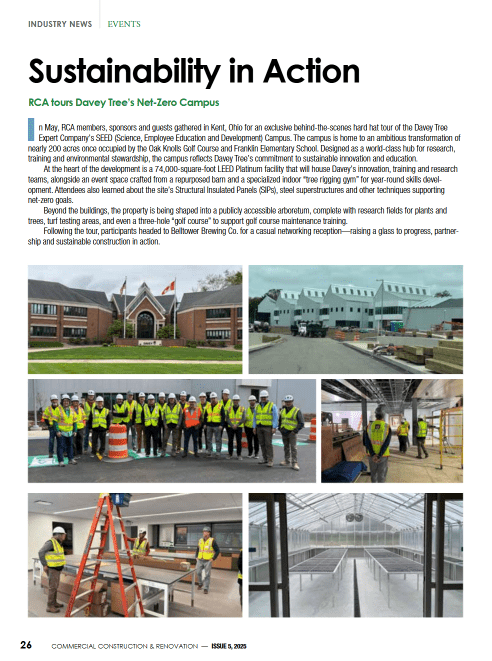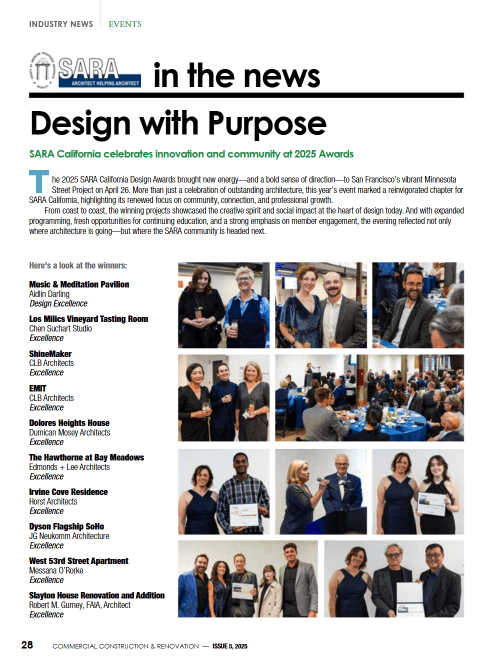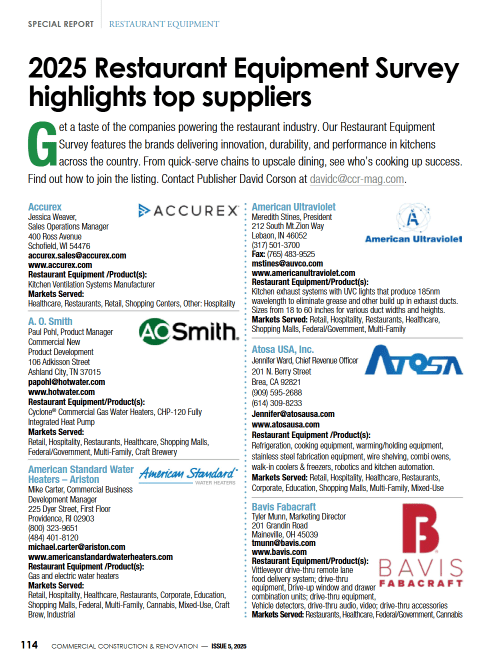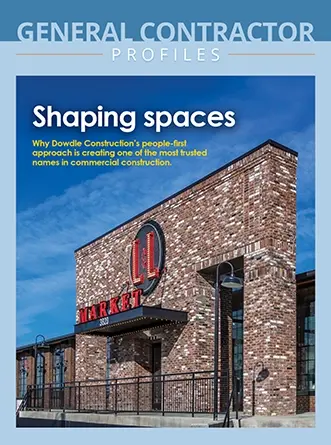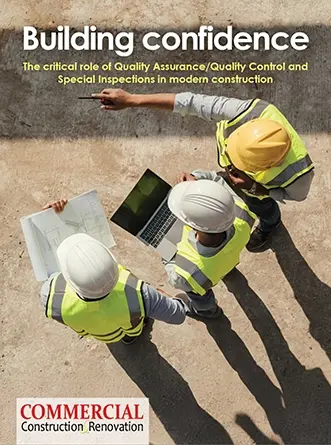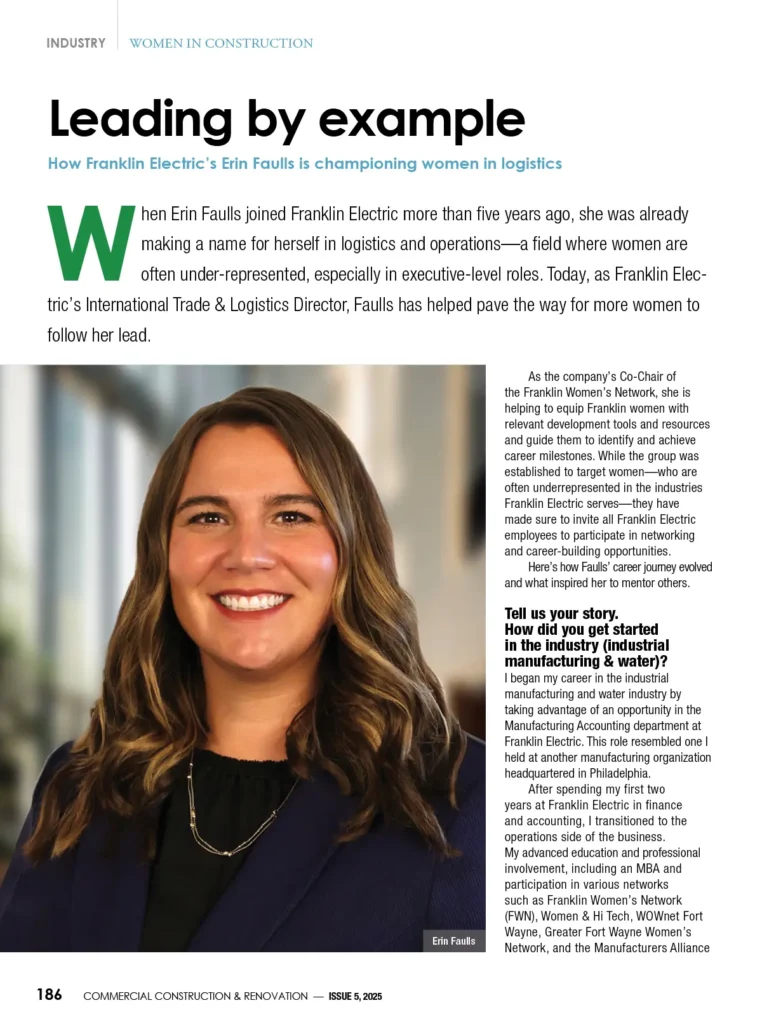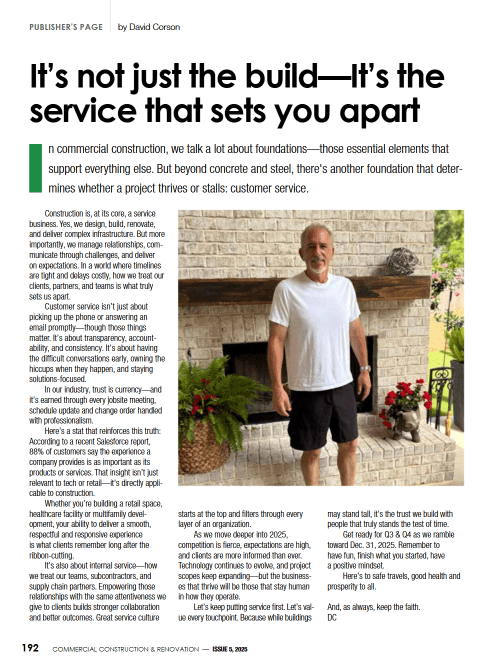The construction industry faces big challenges today. Owners, as well as developers, must adapt to changing economic conditions. For example, new technology, and evolving customer needs. Some firms play it safe. They cling to traditional methods and hope the market will stay stable. Others chase innovation. They look for new approaches, materials, and designs that keep them ahead of the curve. The difference between these two mindsets is clear. One operates in survival mode. The other pursues growth.
In this article, we will explore why “survival mode” can harm a construction business. We will discuss how fresh ideas, strong relationships, and a focus on people can lead to long-term success. We will also look at an unexpected project type—a small backyard vineyard—as a creative example. Simple yet impactful concepts like this can spark excitement and drive new business opportunities.
The Costs of Survival Mode
“Survival mode” means a company focuses on avoiding losses. Teams worry about costs above all else. Leadership tries to shield the business from any threat. They resist bold moves because those moves might bring risk. They stick to what they know, from materials to construction methods, even if those approaches no longer fit the market. Over time, this mindset limits innovation and stifles progress.
In a fast-moving industry, survival mode can create more risk than it removes. The landscape changes almost every day. New green materials promise lower carbon footprints. Modular construction promises faster builds. Digital tools for project management promise fewer errors. When a firm fails to move with these trends, it loses ground to more agile competitors. Even worse, it may lose top talent. Employees who want to innovate will leave for companies that allow new ideas to shine.
Survival mode also undermines client trust. Commercial real estate investors, corporate tenants, and other stakeholders expect high quality and fresh perspectives. They look for a contractor or developer who can solve their unique challenges, whether that means integrating solar panels or designing more collaborative spaces. When a firm focuses on short-term survival, it shows reluctance to dive into new solutions. Clients notice. They might wonder if the firm can handle complex projects or modern design standards.
Why Growth Mindset Matters
A growth mindset goes beyond making a profit. It looks for ways to deliver value in new or expanded forms. This mindset aligns well with the changing needs of the market. For instance, many tenants want healthier, more engaging environments. They want to see greenery, natural light, and even the option for outdoor events. In a multi-use complex, these elements can include rooftop gardens or even small plots for urban agriculture.
A growth mindset encourages people to ask, “What if?” It leads to product and process improvements. Teams in a growth culture experiment with digital tools. They move from standard practices to more efficient approaches. They also tackle new project types. Building a small backyard vineyard might seem unusual in a commercial setting. But a creative developer could see it as a way to connect with clients who want to promote hospitality offerings. A small wine-producing plot can become a talking point and even a revenue stream. It can raise the property’s profile in the region. That is the core of innovation—turning an idea into a compelling asset.
Making Innovation a Habit
Innovation does not happen by accident. It starts with leadership. Owners and managers must encourage employees to test ideas. They must show that mistakes can be part of the process. That mindset shift often requires training and open communication. People need to feel safe sharing concepts or pointing out inefficiencies.
Leaders can also set clear goals for improvement. For example, a firm might decide to cut construction waste by 20% in three years. That target could push the team to investigate prefab methods, material recycling, or partnerships with suppliers. These efforts can lead to big gains. They can also create more value for clients. Many corporations track their carbon footprint and will pay a premium to work with greener suppliers and builders.
Innovation also thrives when employees have room to experiment. A project manager might identify a piece of software that speeds up scheduling. A site supervisor might find a new approach to layout that reduces wasted materials. A team member might propose new features to differentiate a property, such as a rooftop apiary or an on-site orchard. These sparks of creativity require a work culture that supports trial and error. Some ideas will fail. That is part of the process. But a culture that values growth learns from every attempt.
Fostering Strong Relationships
Survival mode often breeds fear and isolation. Company leaders worry about immediate threats, so they become less transparent with employees or partners. This approach blocks collaboration. It also weakens client relationships. Customers want to feel involved in the building process. They want open dialogue and honest feedback. When a firm operates in survival mode, it may keep critical updates to itself. It might also resist changes that clients request, even if they make sense.
A growth-oriented firm, by contrast, seeks deeper relationships. It treats clients, suppliers, and subcontractors like partners. It asks them for input, shares relevant data, and explores new ideas together. Joint brainstorming sessions can lead to creative solutions that none of the parties would have found alone. This approach also helps manage risk. When everyone at the table feels ownership, they can flag problems earlier. They share potential solutions right away.
Collaboration can even spark ideas that seem unusual at first. A property owner might want a special amenity that sets their building apart. The construction team might propose an outdoor lounge or an event space with an urban farming component. Imagine a developer who decides to create a small backyard vineyard behind a mixed-use structure. That unique feature may attract tenants who appreciate local products or value sustainable design. When everyone collaborates, they can manage each detail, from irrigation systems to space allocations, while maintaining the schedule.
Practical Steps to Embrace Growth
It takes focus and commitment to switch to a growth mindset. Here are a few ways you can start:
- Invest in Training: Offer workshops or courses that teach modern construction methods, environmental practices, or new software tools. Encourage your people to keep learning.
- Pilot New Ideas: Choose one project where you try an innovative approach, whether it’s green materials, modular systems, or a novel customer amenity. Analyze the results, then scale if you see success.
- Foster a Collaborative Culture: Bring clients, subcontractors, and internal teams together for brainstorming sessions early in the process. Align everyone on goals and responsibilities.
- Promote Cross-Functional Teams: Let your architects, engineers, and project managers share ideas and approaches. This helps you spot new solutions you might miss if each area works alone.
- Plan for Continuous Feedback: Share updates with your team and stakeholders. Gather their input and suggestions in real time. This keeps communication open and helps refine your methods.
- Stay Flexible: Market conditions can shift without warning. Be ready to adapt your plans, even mid-project. A flexible approach keeps your firm agile in the face of challenges.
Finding Inspiration in Simple Ideas
Projects do not need to be massive or high-tech to be innovative. Sometimes a simple idea changes the entire course of a development. For instance, a small rooftop garden can supply fresh herbs to a tenant’s restaurant. A reclaimed wood program can reduce landfill waste and add a unique aesthetic to an office lobby. A small orchard or vineyard can teach residents and visitors about farm-to-table principles and give them a fun social experience.
These ideas add value in unexpected ways. They can lower the building’s carbon footprint. They can foster community engagement. They can even become a new revenue source or marketing angle. In many cases, they cost less than large-scale transformations. Yet they show that the construction or renovation team thinks outside the box. That quality stands out in a competitive market.
When a developer or contractor invests in a fresh idea, they send a message to clients and employees alike. They prove they are willing to lead, not follow. They demonstrate that they care about more than short-term gains. Clients often respond by sharing this excitement. They might bring more business or refer new customers who want something special for their building.
Overcoming Fear of Change
Fear stops many construction firms from trying new things. This fear often comes from old habits and past failures. Some managers tried to adopt new processes years ago but saw cost overruns or missed deadlines. Others saw their competitors struggle with a new technology. These experiences can plant doubt in the minds of leaders. They conclude that “traditional methods work fine” and “new ideas are too risky.”
That outlook leads back to survival mode. It places the company on a plateau and keeps it from growing. A firm can break this cycle by focusing on small steps and clear goals. For instance, an owner could launch a pilot program on a single project. They might test a new scheduling software that links the entire chain of trades and suppliers. If the project runs smoothly, they can apply that lesson to the next build. If they encounter issues, they can tweak their approach. Either way, the firm gains valuable knowledge.
Leaders can also mitigate fear by exploring cost-sharing models with partners. Some suppliers or technology vendors offer trial packages, joint marketing, or phased rollouts. These help spread the risk. They also ensure that everyone has an incentive to see the project succeed.
The Road to Lasting Growth
Change in commercial construction does not happen overnight. It takes steady progress and constant learning. A firm that embraces innovation does not wait for the market to force changes. It gets ahead of the curve. It invests in its people. It treats relationships as assets. It listens to clients and meets their goals with fresh ideas.
The growth journey begins with a choice. Leaders can keep doing what they have always done. Or they can open the door to new possibilities. This choice has real consequences. Firms in survival mode risk losing relevance when trends shift. They risk losing creative employees and forward-thinking clients. Firms that choose a growth mindset can thrive. They move beyond fear. They explore new materials, new methods, and new ways to stand out.
Commercial construction is more than steel and concrete. It is about building spaces for people to live, work, and enjoy. Those spaces reflect the values of the firm that built them. If the firm sees innovation as a risk, its projects will remain simple. If the firm embraces new ideas, its projects will excite people. They may even inspire other teams to aim higher.
Conclusion
Survival mode might seem safe, but it can cripple a construction business. It narrows the firm’s vision, cuts off creativity, and pushes talent away. Commercial construction companies that adopt a growth mindset see opportunities at every turn. They nurture collaborative relationships. They encourage employees to propose new ideas. They add unexpected features that make buildings come alive.
This commitment to innovation does not mean reckless risk. It means smart planning and an openness to change. It means weighing each challenge while seeking better ways to solve it. In a landscape that grows more competitive every year, construction firms cannot afford to remain stagnant. They must embrace forward thinking. They must move from survival to growth. By doing so, they set themselves up for success in today’s market and tomorrow’s new frontiers.

